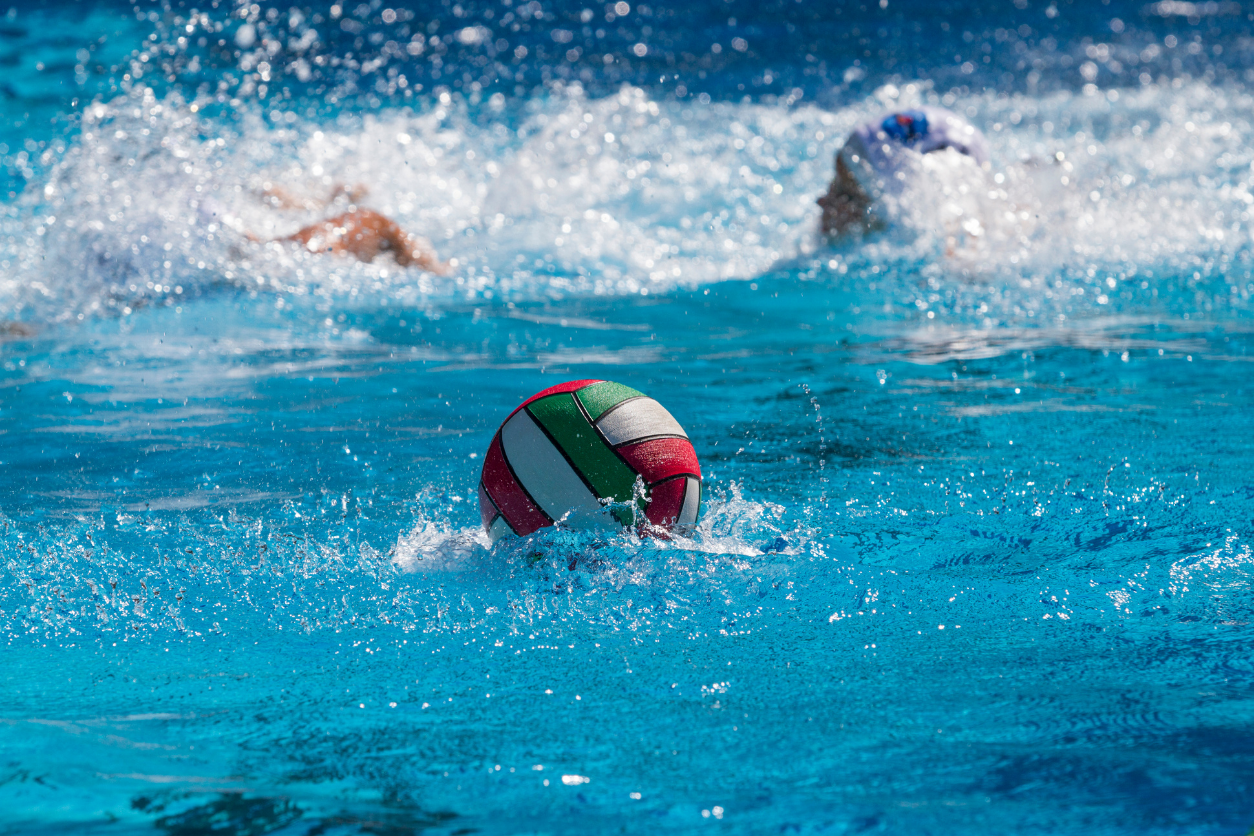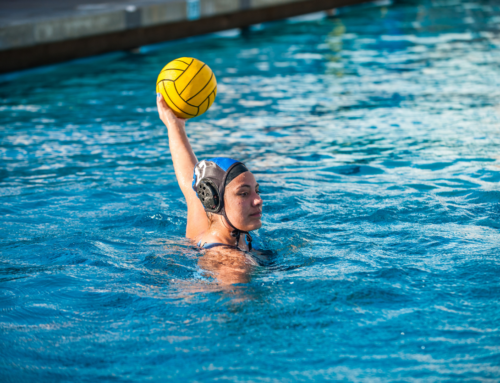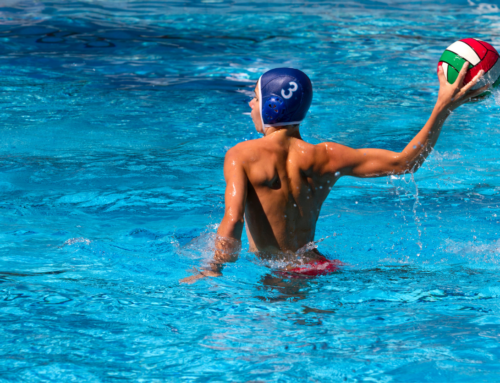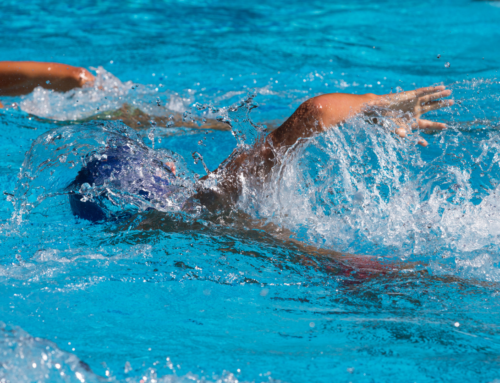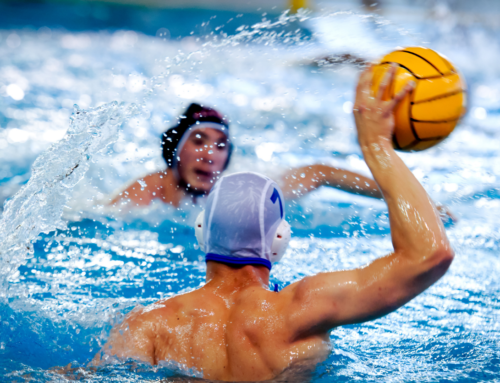Give yourself an edge in the pool and on the recruiting trail
Compared to other sports, water polo is relatively small. However, while there are a few more male high school water polo players than women, there are significantly more women’s teams at the collegiate level. And, there are more water polo scholarship opportunities for women, as well. So, even though women have more opportunities compared to males, if you want to compete in water polo in college, you still have plenty of work to do.
Highlight Videos and Camps Matter
As a smaller sport, women’s water polo coaches usually don’t have large recruiting budgets. And that means it’s up to you to get yourself noticed. And the best way to do that – and impress a coach enough to want to see you in person – is through a highlight video. It doesn’t have to be a career retrospective, but it should show off your skills for your position. Make sure the footage you use is taken from mid-pool with a good angle on all the action, and that it shows your skills and your relations with your teammates through movement and communication. If needed, ask your coach for help and then, once you have your video ready, post it on the internet and send a link to it, along with your recruiting profile, to coaches at the schools you’re interested in.
Another way to get on a water polo coach’s recruiting radar is to attend camps. The right water polo camp will not only help you improve your skills, but it might also help you impress a coach and raise your recruiting profile. And if you really want to raise your visibility, a water polo combine can be a big opportunity. At a combine, you can compete in front of multiple college coaches. And that means you can get noticed by coaches at the schools you’re interested in, as well as impressing other coaches at schools you haven’t considered
Know The Numbers
There are a total of 116 colleges and institutions that sponsor women’s water polo. The majority of those programs (69) are in the NCAA’s Division I, II, and III. In DI and DII, eight scholarships are available per team. However, as the NCAA considers water polo an equivalency sport, those eight scholarships can be awarded in partial amounts at the coach’s discretion, so long as the total percentage of scholarships on a team doesn’t exceed eight. For example, if a Division I coach with a 22-player roster awards each player the same partial scholarship, then each player could earn a scholarship covering roughly 36% of her college tuition and fees. If our example coach was at a DII school with a roster of 20 players, then each player could theoretically land a partial scholarship that could cover 40% of their tuition and fees.
One other number to know about NCAA women’s water polo is that the 20 Division III schools don’t offer athletic scholarships. However, most DIII schools do offer ample academic and need-based aid. So, if you’ve got solid grades and entrance exam scores, you could compete in water polo for a DIII school on an academic scholarship which, in some cases, could be more valuable than partial athletic scholarships elsewhere.
Know The Divisional Differences
If you’re worried about the competition level at a DII or DIII school, don’t. That’s because all three NCAA women’s water polo divisions compete equally with each other and they all compete for the same national championship title. That means women’s water polo is one of the few sports where athletes from schools like Harvey Mudd College, California Lutheran University, or Connecticut College can compete with the likes of USC and Michigan.
Do the Division I schools usually fare better, thanks to their bigger athletic budgets and shiner facilities? Yes, but if you choose to play for a DII or DIII water polo team, you’ll still be competing at the highest levels. And, given their generally smaller campuses, playing water polo at a DII or DII school may also offer a better balance between academics, athletics, and more time for social and campus activities.
What About The CCCAA?
The California Community College Athletic Association boasts 45 member schools with women’s water polo teams, as well as generally smaller rosters that average 14 players per team. But, being community colleges, most also have smaller campuses and lower tuition and fees. In addition, CCCAA schools are, as the name implies, two-year schools so, combined with the smaller roster, you’ll likely be able to play immediately instead of waiting for older players to graduate at four-year schools. Add it all up, and competing for a CCAAA women’s water polo team means you can get experience, save money, get a feel for college life, earn an AA degree, and have an extra two years to grow your game before stepping up to the next level.
So now that you know the ins and outs of women’s water polo, get ready to dive in. Put together a highlight video and recruiting profile, consider some schools where you might want to study and compete and start working to get on those coaches’ recruiting radars.
Did you enjoy the article ‘TWhat To Know About Women’s Water Polo’? If so, check out more of our articles HERE.

